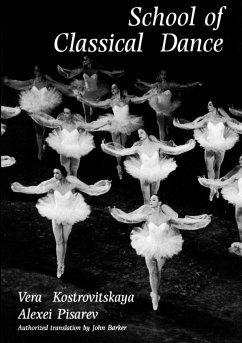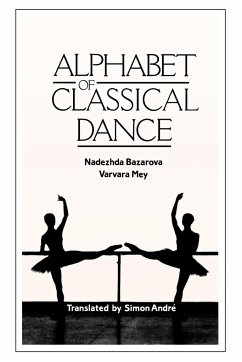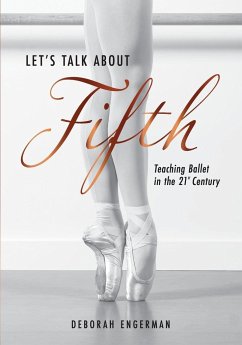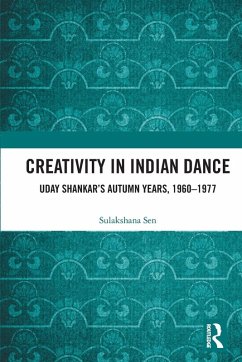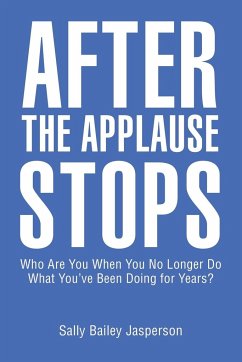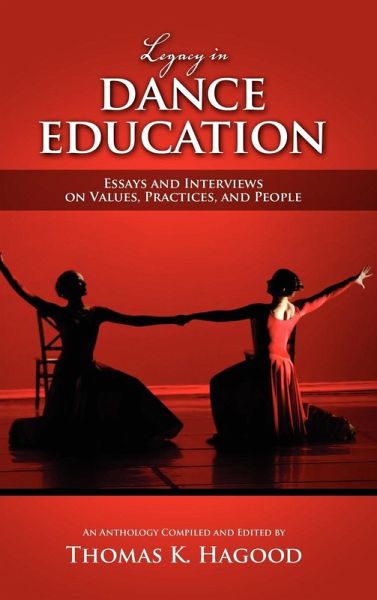
Legacy in Dance Education
Essays and Interviews on Values, Practices, and People
Herausgeber: Hagood, Thomas K.
Versandkostenfrei!
Versandfertig in 1-2 Wochen
88,99 €
inkl. MwSt.

PAYBACK Punkte
44 °P sammeln!
In this unprecedented volume, Professor Thomas Hagood brings together the voices of key dance educators to express their views on the legacy of dance education. The book examines the values and practices dance educators live with, and what values and practices they take forward to promote or even retool and reinvent in their professional work. The book also engages in discussions of the people who embody (or have embodied) the values and practices the dance education field takes ownership of. Through working with and being exposed to teachers in the dance field, the editor and his contributors...
In this unprecedented volume, Professor Thomas Hagood brings together the voices of key dance educators to express their views on the legacy of dance education. The book examines the values and practices dance educators live with, and what values and practices they take forward to promote or even retool and reinvent in their professional work. The book also engages in discussions of the people who embody (or have embodied) the values and practices the dance education field takes ownership of. Through working with and being exposed to teachers in the dance field, the editor and his contributors express how their learning and professional development has been inspired and shaped by their interactions with their mentors. It follows that legacy is important territory for dancers to consider as educators and as people. Such deep discussion of legacy in educational dance is not widely evidenced in existing literature. Since it is not an easy nor simple task to inventory what dance educators have absorbed from mentors with an objective or analytically aware eye, this book will serve well to expand this discussion. Critical assessment in dance education is also challenged by the fact that the field itself is very young. In analyzing legacy, the book interestingly shows that the mentors discussed may well be about people who are still very much alive. The book also addresses how dance is so culturally challenged by archetypal notions of who practices it, as well as its educational value and worth. The book presents dance scholars with many opportunities to learn new dimensions of dance history, to reflect on practices both old and new, to appreciate the values that shape their work in dance education, to get to know people who may not appear in the historic record, to revisit the gifts of those whom they may consider giants in the field have left, to consider the landscape of dance education as it has been shaped over time. The inclusion of the voices and contributions of some of the field's most prominent dance educators in this book and the critical issues they discuss make this book a must for every dance collection.





